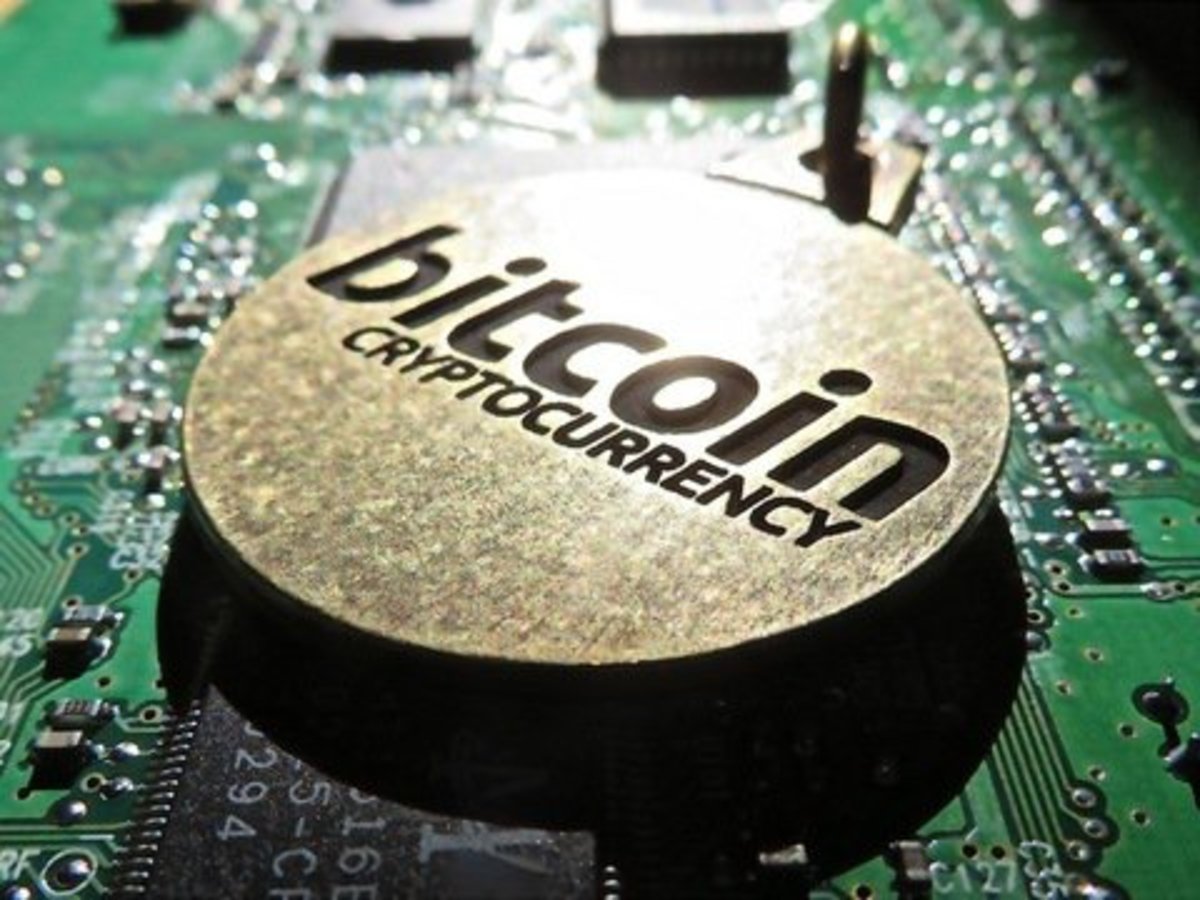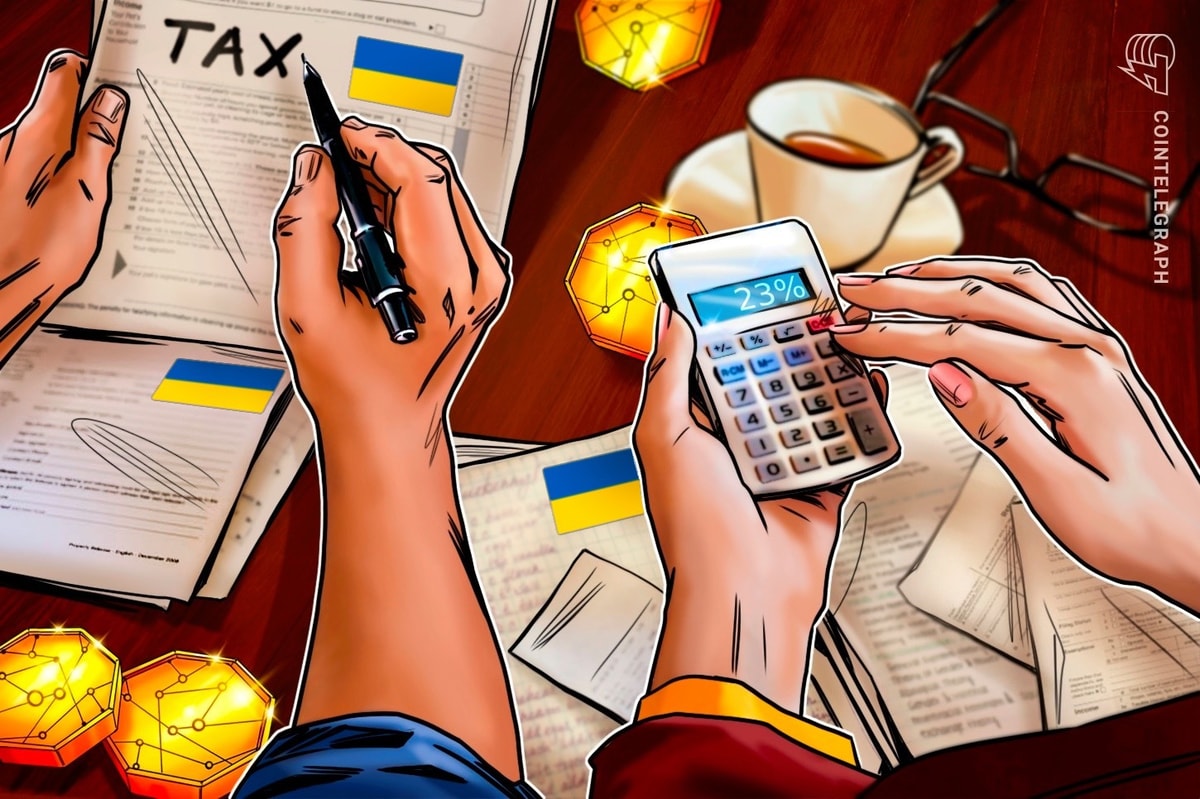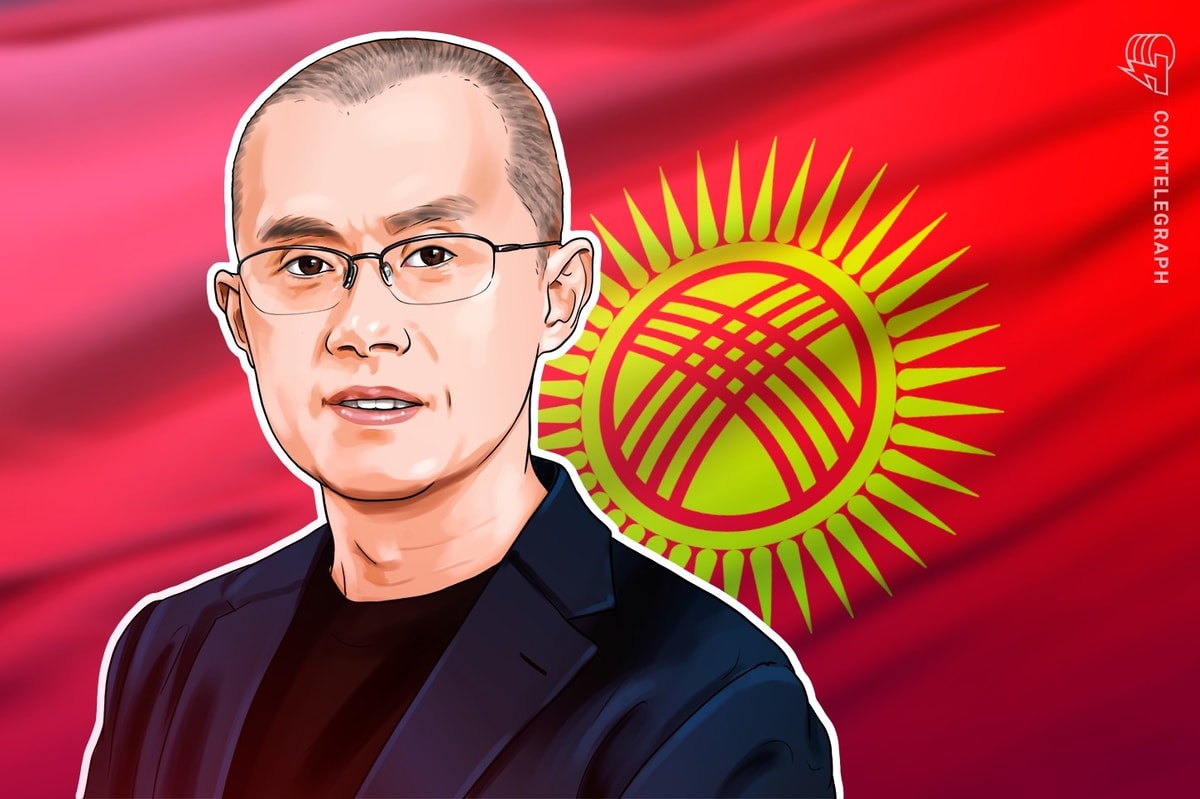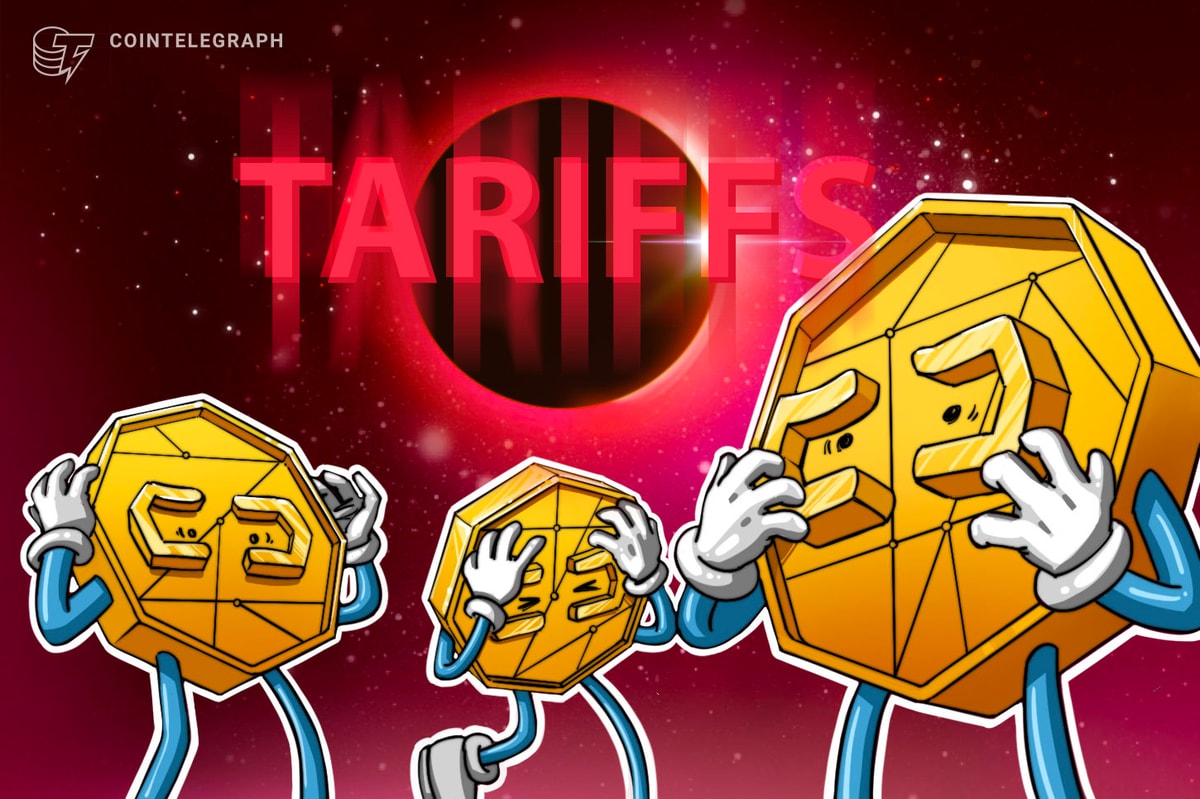
Myth: No one knows who started Bitcoin.
Truth: “Satoshi Nakamoto” is a fictional name for a single person, or, potentially, a group of people who wish to remain out of the public eye. Since they’ve managed to do this so far, it’s likely that they have a long history of secrecy keeping. This suggests strong bonds, such as one finds in a governmental context (i.e. ex-NSA employees, like Snowden), or organized crime. In any case, it’s likely that a few people, potentially including governmental security agencies, know who “he” is. Some of these people are undoubtedly becoming extremely rich along with Satoshi.
Myth: Bitcoin only has 21 million possible coins and therefore can’t be used broadly as an exchange mechanism.
Truth: Each Bitcoin can be subdivided, so presumably after there is widespread usage the basic unit of exchange will not be a Bitcoin but something like one millionth of a Bitcoin. This will undoubtedly have some other name, like a Bitdollar.
Myth: Bitcoin is criminal.
Truth: The pseudonymous aspect of Bitcoin led to a lot of early growth from people doing things that their governments didn’t want them to do. However, since Bitcoin transactions are easily tracked, it can actually be a honey pot for the US government. All they need to do is find one “exit node” (i.e. a known criminal), and they can trace back the source of the funds. It’s also a guarantee that as Bitcoin grows governments will regulate it. This is already the case where it is quite difficult to buy Bitcoins without providing your personal identity. So, for better or worse, the ability of people to use Bitcoin to perform transactions their governments wouldn’t want is decreasing over time.
Myth: Bitcoins are not based on inherent value.
Truth: The Bitcoin protocol includes both a payment network and a currency. As basic economics dictates, value is based on scarcity. Since Bitcoin is a currency that can’t be generated at will, this forced scarcity insures value rather than decreases it. Are credit cards valuable? It’s not just the piece of plastic, it’s the network and associated infrastructure that provides the value. In this case, the network and forced scarcity combine to create something that is extremely valuable, a sort of digital gold.
Myth: Bitcoin is inherently volatile and unfit to be a currency.
Truth: If you want decentralized, irrevocable, near fee-free payment, you have to give up something. Some degree of price stability is probably one of those things. There are also ways to solve this problem, like systems that are only partially Bitcoin backed. It is also likely that some of this volatility will disappear as there is greater volume.
Myth: Bitcoin is a bubble.
Truth: This claim essentially states that Bitcoin is overvalued, something that is unlikely. As we’ve stated, there is value in the deflationary aspect, the scarce aspect, the low-to-no fees payment aspect, the irrevocable payment aspect, and as an insurance policy against an unstable government. The rapid growth, which is likely to accelerate, might be compared to the birth of the stock markets. There were both upward and downward movements of epic proportions. Although both are likely here, the fact is that Bitcoin offers a unique value proposition that no one else is providing at this moment. The value is there, it just remains for the world at large to discover it. Many people are understandably excited about the upside potential.










